News
DHQ: Military operation rescued ex-NYSC DG, no ransom paid
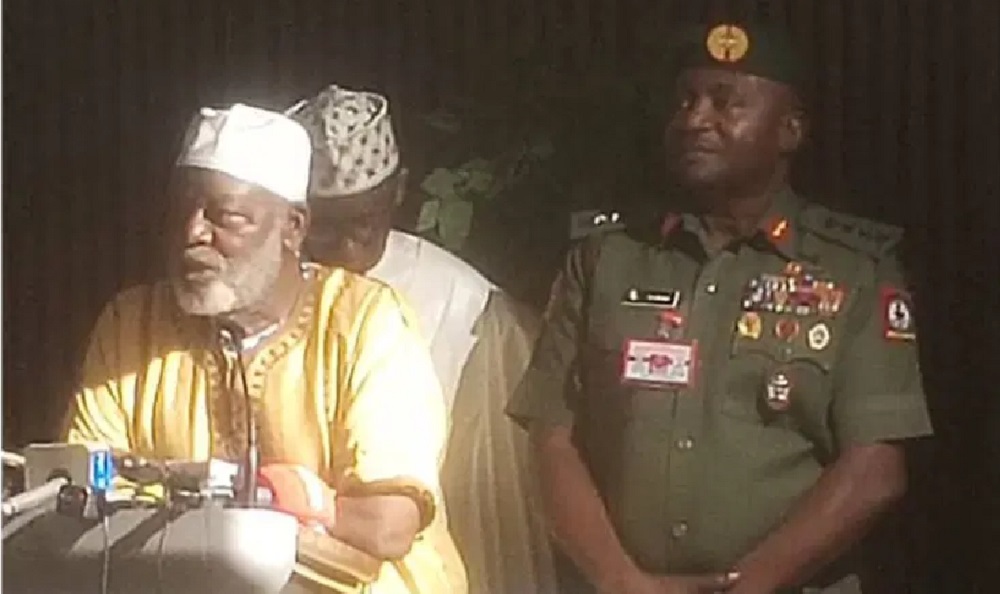
The Defence Headquarters has dismissed claims that senior military officers contributed money to secure the release of a former Director General of the National Youth Service Corps, Brigadier General Maharazu Tsiga (retd).
The DHQ insisted that his freedom was achieved through sustained military operations and intelligence efforts.
Tsiga was abducted on February 6, 2025, in Tsiga, the Kafur District of Bakori Local Government Area, Katsina State.
A trending WhatsApp message by Brigadier General Ismaila Abdullahi claimed that some retired and serving military officers contributed money to pay the ransom demanded by Tsiga’s abductors.
The message further stated that the funds were paid into his account which was provided by Tsiga’s son, Kamal and thanked everyone who contributed.
However, in a statement issued on Monday, the Director of Defence Information, Brigadier General Tukur Gusau, described the claims by Abdullahi as “misleading” and “a calculated attempt to undermine the military’s dedicated efforts” to combat terrorism and rescue abducted citizens.
Gusau said troops of 17 Brigade responded within hours and launched a series of search-and-rescue operations under Operation Fansan Yamma, in conjunction with air components.
According to him, troops combed several hideouts across Katsina and Zamfara states, including Jeka, Areda, Zango, Ruwan Lafiya, Mununu, and Pauwa Hills.
He added that though no direct contact was made with the abductors initially, the operations led to the abandonment of rustled animals and captives by fleeing terrorists.
Gusau said, “It is important to note that the unfortunate abduction of the former DG of NYSC occurred in the wee hours of 6 February 2025, in Tsiga, Kafur District of Bakori Local Government Area in Katsina State.
” Immediately, troops of 17 Brigade were alerted; they responded to the situation around 0300 hours the same day and, in a commendable show of professionalism, swiftly went on pursuit in conjunction with the Air Component of Operation Fansan Yamma.
“These combined efforts led to troops combing the assailants’/bandits’ hideouts within Jeka, Areda, and Zango, all in Kankara Local Government Area, in search of the former DG. The operation extended to Ruwan Lafiya, Mununu, Matallawa and Bakkai in Faskari Local Government Area.
“Although no direct contact was made with the abductors, the troops successfully pressured the criminals, who abandoned rustled animals and some captives in their hasty retreat.
“The troops nevertheless sustained the pursuit of the terrorists with unwavering determination, despite facing difficulties due to challenging terrain.”
Gusau said intelligence-led air raids on Dunya Hill—a known stronghold of terrorists—disrupted the kidnappers and enabled the escape of several captives.
He noted that while Tsiga was unable to flee due to health complications, another captive, Barau Garba, a local teacher, was rescued and reunited with his family.
He further disclosed that 84 kidnapped victims were freed in a separate assault on Pauwa Hills and surrounding areas, with several bandits neutralised and three soldiers sustaining injuries.
He said, “On February 8, leveraging credible intelligence, troops intensified their manhunt for the abductors and conducted dawn attacks at Yankuzo and Gidan Dankaka in Tsafe Local Government Area of Zamfara State where terrorist kingpin Ado Aliero hibernates. More so, intelligence confirmed that he had links with the abductors. Unfortunately, the operations did not result in locating the terrorists.
“However, subsequent air operations at Dunya Hill, a suspected bandit stronghold where General Tsiga was held, disrupted the terrorists, leading to the escape of several captives. Regrettably, the former DG was unable to escape due to health concerns. One of the captives, Barau Garba, a teacher at Government Secondary School in Tsiga and who was with General Tsiga, was rescued by troops, and he shared his experience via the attached video.
“Barau has since been reunited with his family in Tsiga town. In another instance, troops assaulted Pauwa Hills and Matallawa area of Kankara Local Government Area in search of Brigadier General Tsiga.
“However, they were only able to rescue 84 kidnapped victims from the area without locating him. In the process, several terrorists/bandits were neutralised, while three personnel sustained gunshot wounds.
“Since Brigadier General Tsiga’s abduction on 7 February 2025, troops have remained relentless in their pursuit, conducting both air and ground operations within Danmusa, Kankara and Faskari Local Government Areas, where he was supposedly held captive at different times, and these operations kept pressure on the abductors.
“It is thus only fair to recognise the significant sacrifices made by these troops who have worked day and night, often at great risk to their own lives in their search of the senior officer. The disparaging online is, therefore, nothing but presumably an act of mischief which is calculated at undermining the dedicated efforts of a military effort to eradicate terrorists/bandits and other criminal elements from the North West region.’
DHQ emphasised that a mix of kinetic and non-kinetic strategies facilitated the release of the senior officer, reiterating that no ransom was paid.
He said, “It is noteworthy to add that the military operations comprising both kinetic and non-kinetic strategies facilitated the rescue of General Tsiga as his life is invaluable and anything that needed to be done to ensure he was safe was adopted in ensuring a successful search and rescue effort.
“Troops will continue to support all efforts in ensuring peace and security across the country. The general public is therefore encouraged to continue supporting troops by providing credible intelligence to assist in this regard.”
News
Nigeria Needs To Focus on Local Solutions to Fight Poverty – Speaker Abbas

By Gloria Ikibah
Speaker of the House of Representatives, Rep. Tajudeen Abbas, has said the fight against poverty in Nigeria must start at the community level.
Representatives by the Chief Whip of the House, Rep. Isiaka Ibrahim, at the inauguration of a new House Committee focused on community and social development on Wednesday, Abbas stressed that real change will only happen when policies are designed to meet the everyday needs of people in towns and villages.
He also called on the government to create people-friendly programmes that reduce the gap between the rich and the poor.
The event, held at the National Assembly in Abuja, marked the official takeoff of the Committee on Community and Social Development Agency/NG-Cares. Abbas urged members of the Committee to approach their work with honesty and a genuine desire to help struggling Nigerians.
News
White smoke rises, new pope elected at Vatican +Video

By Francesca Hangeior
White smoke billowed from the chimney of the Sistine Chapel on Thursday, signalling that cardinals locked inside have elected a new leader for the world’s 1.4 billion Catholics.
Thousands of pilgrims and curious onlookers in St Peter’s Square cheered and applauded as the smoke appeared and bells began to ring, indicating the 2,000-year-old institution has its 267th pope.
All eyes now turn to the balcony of St Peter’s Basilica to see who has been elected to succeed Pope Francis, an Argentine reformer who died last month after 12 years as leader of the worldwide Church.
The new pontiff will be introduced in Latin with his chosen papal name and address the world for the first time.
He faces a momentous task: as well as asserting his moral voice on a conflict-torn global stage, he faces burning Church issues from the continued fall-out from the sexual abuse scandal to the Vatican’s troubled balance sheets.
Some 133 “Princes of the Church” from five continents — the largest conclave ever — began voting on Wednesday afternoon.
Sworn to secrecy, on pain of excommunication, their only means of communicating their progress to the outside world was by sending up smoke through the chimney of the Sistine Chapel.
On Wednesday evening and then again on Thursday lunchtime, the smoke was black, emitting disappointed sighs from the tens of thousands watching.
But on Thursday afternoon just after 6pm (1600 GMT) the smoke emitted was white, confirming that the Catholic Church has a new spiritual leader.
By tradition, he now enters the Room of Tears — where freshly-elected popes give free rein to their emotions — to don a papal cassock for the first time, before returning to the Sistine Chapel so the cardinals can pledge their obedience.
He will then appear on the balcony along with a senior cardinal, who will announce to the waiting crowds “Habemus Papem” (“We have a pope”).
The pope will then give a short speech and impart his first “Urbi et Orbi” (“To the City and the World”) blessing.
The election has come at a time of great geopolitical uncertainty, which was seen as a key voting issue, along with the rifts within the Church.
Francis was a compassionate reformer who prioritised migrants and the environment, but he angered traditionalists who wanted a defender of doctrine rather than a headline-maker.
Some 80 percent of the cardinal electors were appointed by Francis. Hailing from 70 countries around the world, it was the most international conclave ever.
That was no guarantee, however, that the cardinals would pick someone in his vein.
The question was whether to choose a pastor or diplomat, a liberal or conservative, someone versed in the Curia — the Church’s governing body — or a relative outsider from areas of the world where Catholic faith is thriving.
Before the cardinals were locked into the Sistine Chapel Wednesday, their dean Giovanni Battista Re urged them to choose someone able to protect the Church’s unity.
The next pope must also be able to lead “at this difficult and complex turning point in history”, amid raging conflicts around the world and the rise of ultra-nationalist parties.
The Church has also had difficulty in adapting to the modern world, with declining priest numbers and increasingly empty pews in the West.
The papal inauguration usually takes place less than a week after the election with a mass celebrated before political and religious leaders from around the world.
The new pope will likely do a tour of St Peter’s Square in his popemobile for the first time, before delivering a homily outlining his priorities.
News
Meet the new Pope, Pope Leo XIV +Photo

By Francesca Hangeior
Formerly Cardinal Robert Francis Prevost, he hails from the United States and is the first American to be elected pope in the history of the Roman Catholic Church.
A member of the Augustinian order and former Prefect of the Dicastery for Bishops, Pope Leo XIV brings decades of pastoral and administrative experience to the papacy.
He is a moderate who was close to Pope Francis and spent years as a missionary in Peru, he becomes the Catholic Church’s 267th pontiff, taking the papal name Leo XIV.
-
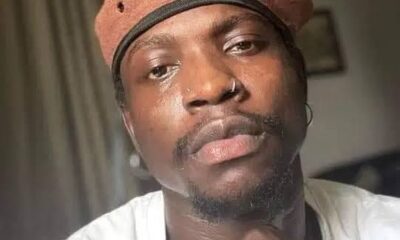
 Entertainment15 hours ago
Entertainment15 hours agoI’m broke yet accused of money laundering – VDM breaks silence after EFCC release
-

 News3 hours ago
News3 hours agoBREAKING! Finally, White Smoke Emerges From Sistine Chapel as Vatican Elects New Pope
-
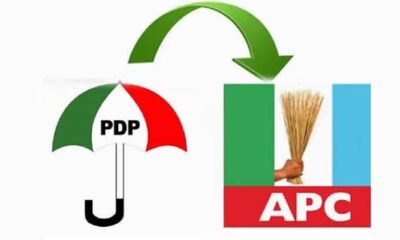
 News7 hours ago
News7 hours agoBreaking: Three Serving PDP HoR Members Defect to APC
-
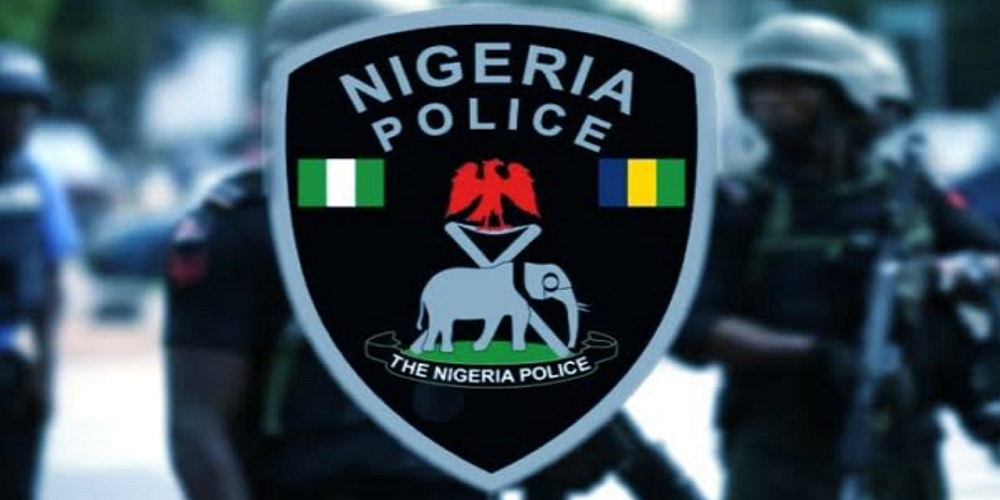
 News15 hours ago
News15 hours agoEdo police rescue kidnapped PDP chairman, 36 others
-

 News16 hours ago
News16 hours agoTomato Ebola Causes Loss of N1.3 Billion, Contributing to Rising Food Prices
-

 News9 hours ago
News9 hours agoFinally, IMF deletes Nigeria from its debtors list
-

 News7 hours ago
News7 hours agoEx-Governor Uduaghan, Daughter Dump PDP, Join APC
-
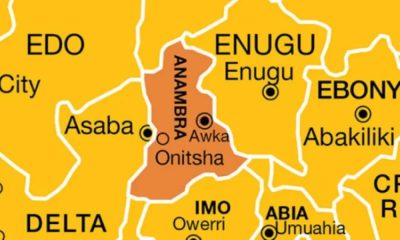
 News16 hours ago
News16 hours agoSad! Five members of one family die of food poisoning






